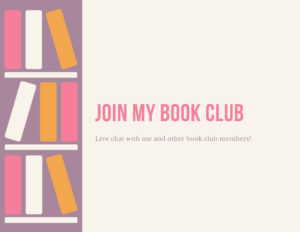Back in the mid-seventies, Elvin Bishop released the now-classic hit “Fooled Around And Fell In Love.” Since I wasn’t in the publishing business (or any business, for that matter) in the mid-seventies, I assume Bishop had something else in mind (I don’t know, perhaps romantic love?) when he penned this tune. However, the title adequately sums up my experience with the business side of the book world.
When I graduated college, I intended to get a job as a high school teacher. However, the economy was dreadful, school budgets were especially bad, and there were no teaching jobs to be had. As a fallback, I sent my resume to every book publisher in New York, and Bantam Books hired me. From the time I’d been a teenager, it had been my ambition to be a writer, so it seemed to make sense to work in a place that dealt with lots of writers. Still, I didn’t intend to stay in this field for long. My expectation was that I’d either get a teaching job eventually, or I’d start writing books. Either way, I assumed I was only going to be dabbling in the publishing biz.
But then I fooled around and fell in love. I was only weeks into my first position – a dreadful job that required me to cart cover materials from one executive’s office to another’s for approval in the days before the electronic conveyance of such materials – when some of those executives started talking to me. They’d ask my opinions of the covers, ask whether I’d read the book in question, and ask my thoughts about books in general, and I found these conversations far more interesting than I imagined they would be. My love for the business end of the industry started then. It ratcheted up several levels a few years later when I started editing books. Working directly with writers to help them craft their stories was the best kind of work I could imagine, as was doing everything I could do within the organization to make sure each writer had a high profile in the house.
At some point, I realized I wasn’t “fooling around” any longer. I was flat-out in love with the field and everything that came with it. Admittedly, some parts of the job were more appealing than others. Eating in four-star restaurants three or four times a week to court agents, for instance, or going to benefit film premieres. But even the budget meetings and paperwork had some appeal because the end product meant so much to me. I became so attached to this side of the business that it was twenty-four years before I published my own first book.
Ultimately, I decided that the daily commute to New York from my home in Connecticut was causing me to miss too much time with my family, and I embarked on a full-time writing career. In 2008, I stepped back over to the publishing side while continuing to write with the launch of the independent house, The Story Plant. And then, when I decided that I wanted to publish my new novel, Blue myself, I set up an entire publishing imprint, The Fiction Studio, to do so, and the slate of writers for that program is growing quickly.
These days, I spend about half of my time writing and the other half publishing. For me, nothing appeals to me more than writing fiction, even when a novel like Blue takes six years to come to completion. Publishing is a very, very close second, though. My love for it has never faded.
January 3, 2011

